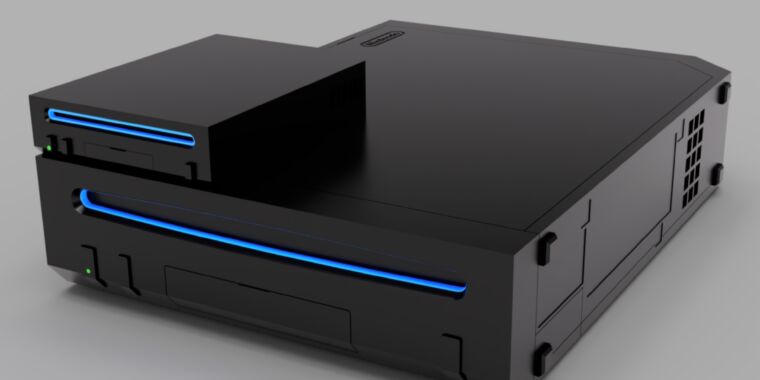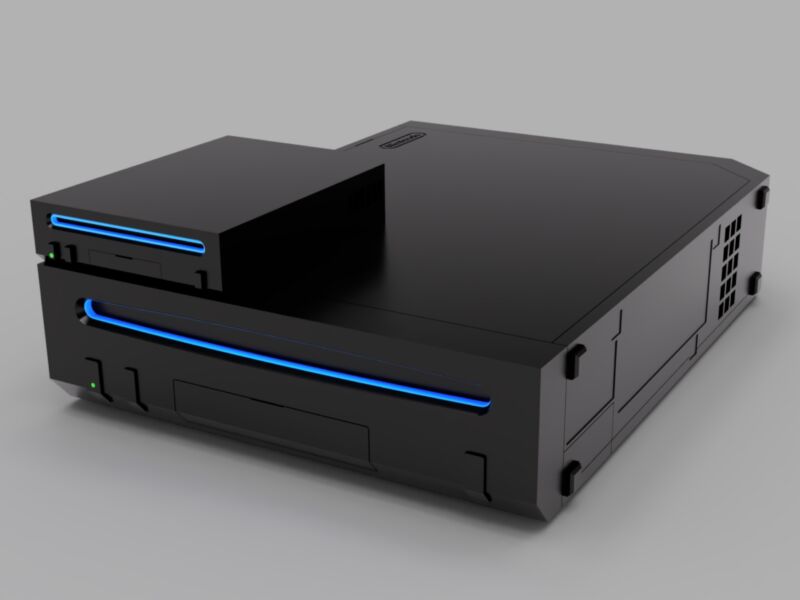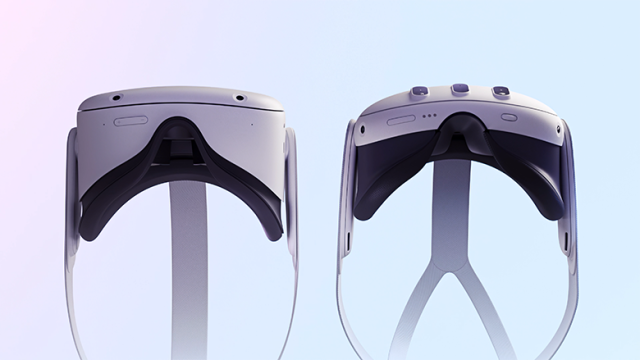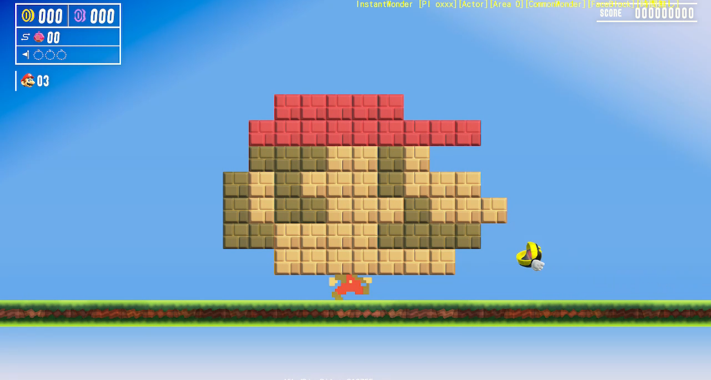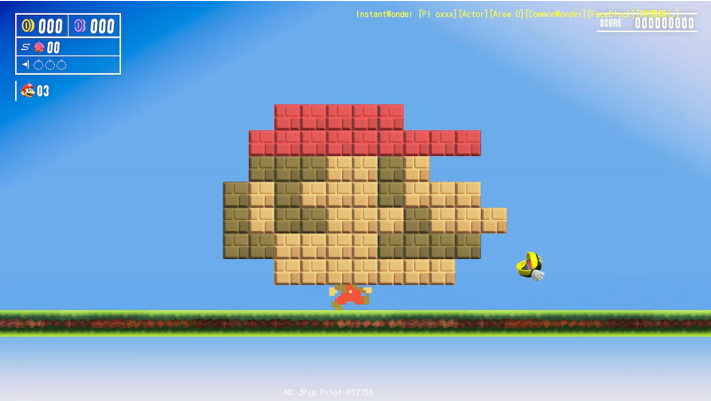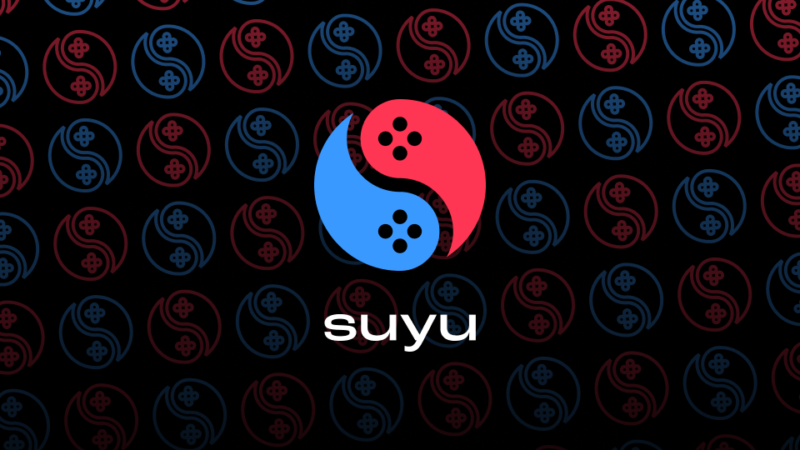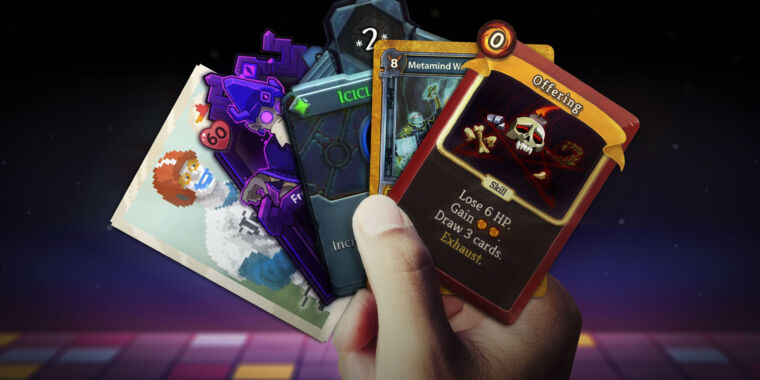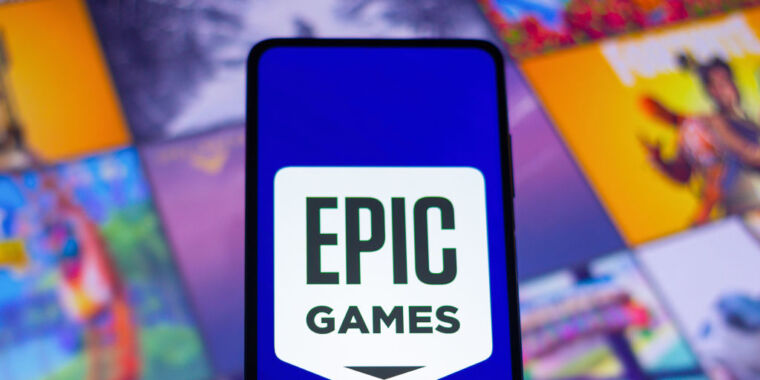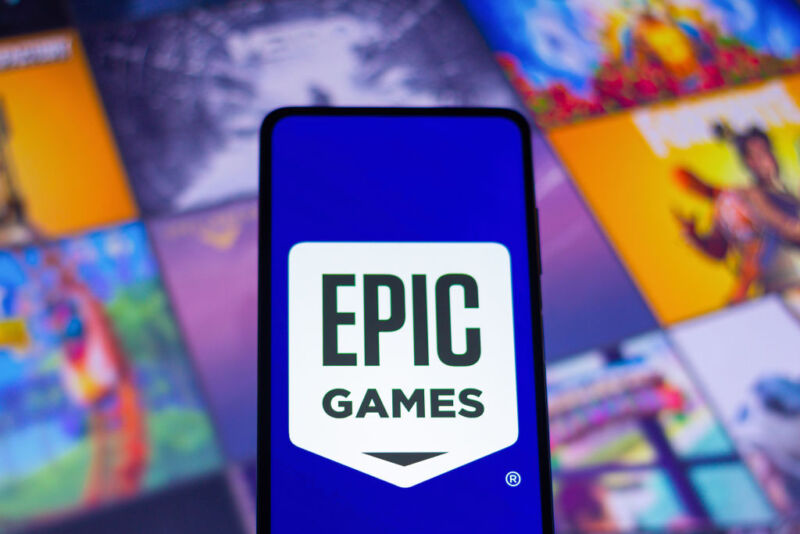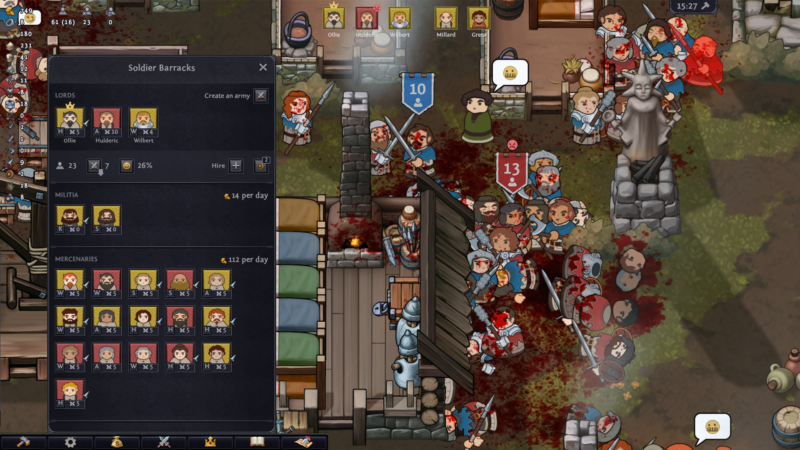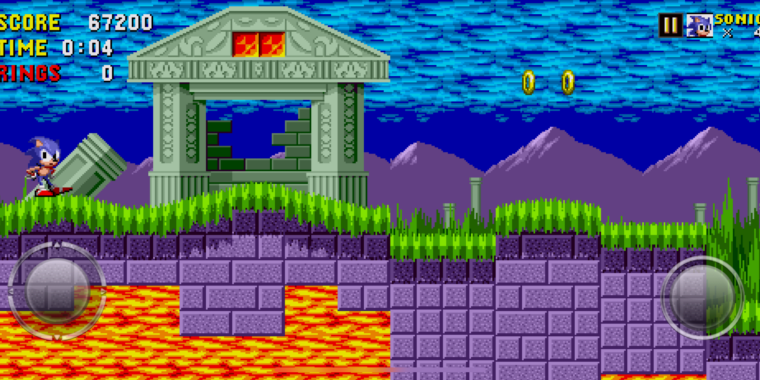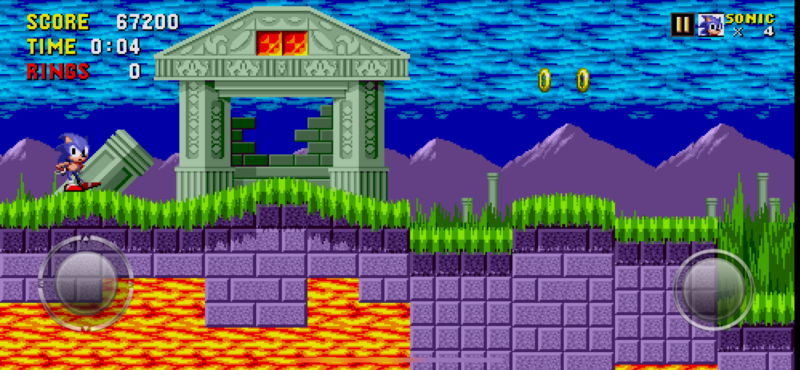Cities: Skylines 2 team apologizes, makes DLC free and promises a fan summit
Cities: Skylines 2 development —
A “complete focus on improving the base game” will happen before more paid DLC.

Enlarge / Like the Beach Properties DLC itself, this property looks a bit unfinished and in need of some focus.
Paradox Interactive
Perhaps the first clue that something was not quite right about Beach Properties, the first $10 DLC “expansion” for the already off-kilter city-building sim Cities: Skylines 2, was that it did not contain a real beach house, which one might consider a key beach property. The oversight seemed indicative of a content pack that lacked for content.
C:S2‘s developers and publisher now agree and have published a letter to Cities fans, in which they offer apologies, updates, and refunds. Beach Properties is now a free add-on, individual buyers will be refunded (with details at a FAQ page), and Ultimate Edition owners will receive additional Creator Packs and Radio Stations, since partial refunds are tricky across different game stores.
“We thought we could make up for the shortcomings of the game in a timeframe that was unrealistic, and rushed out a DLC that should not have been published in its current form. For all this, we are truly sorry,” reads the letter, signed by the CEOs of developer Colossal Order and publisher Paradox Interactive. “When we’ve made statements like this one before, it’s included a pledge to keep making improvements, and while we are working on these updates, they haven’t happened at a speed or magnitude that is acceptable, and it pains us that we’ve now lost the trust of many of you. We want to do better.”
What will happen next, according to the letter, are changes in how the game is improved and how those improvements are communicated. To wit:
- A “complete focus on improving the base game and modding tools”
- Better community involvement in choosing priorities
- Focusing on free patches and updates ahead of paid content
- Relatedly pushing “Bridges and Ports” expansion to 2025
- Shifting Creator Packs work to independent developers
- An “advisory meeting” between a small group of player representatives with significant followings and developer and publisher heads
For those eager to see the game on consoles, despite all this signaling of how far the base PC game might have to go, the letter offers an update. An “upcoming build delivery in April” should show sufficient optimization progress to move ahead, with “a release build targeted for October.” Yet until they can see the real results, no firm release date can be made. The console team will operate separately from the PC team, however, so it should move ahead “without splitting our focus or time.”
Put together, the C:S2 team’s actions, and plan for the way forward, seem like reasonable ways to make sure their work meets with fans’ expectations. There’s a fair amount of positive feedback to the forum post, however self-selecting “Paradox Forum members” may be. I do wonder if there’s a danger of some owners and fans never considering the game to be “good enough” to not react negatively to paid add-ons showing up in the store. It’s a tricky thing, releasing a game that almost inherently demands a swath of future add-ons, packs, and expansions—the original Cities: Skylines had more than 60 add-ons.
In an interview with Ars, Colossal Order CEO Mariina Hallikainen said that “working on new content for the game” was the thing she most looked forward to, “after, of course, we have sorted outstanding issues.” There are seemingly many more months of sorting to go before the fun new stuff arrives.
Cities: Skylines 2 team apologizes, makes DLC free and promises a fan summit Read More »

